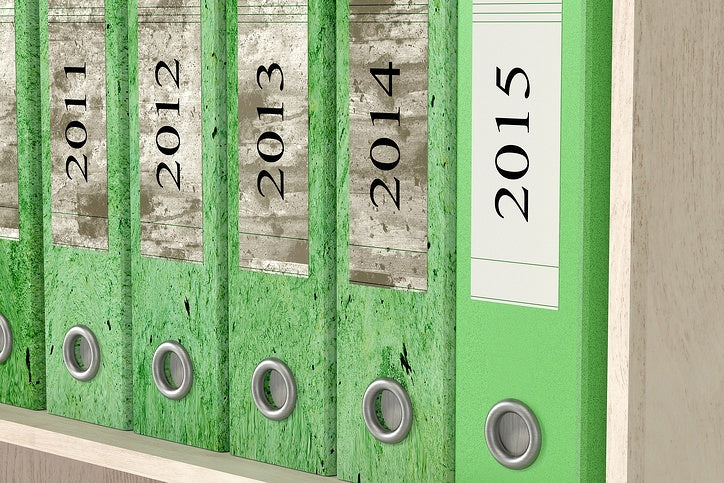Hiring a snow removal contractor is an expensive undertaking and there are several variables you must consider to ensure that your surfaces are plowed properly and safely. Prior to choosing a snow removal contractor, familiarize yourself with the basic elements of these agreements. The National Association of Landscape Professionals provides contract templates and other helpful resources for facility managers. Here are some things to watch out for in a snow removal contract.
Location covered
Make sure the area to be plowed is clearly marked out. Determine the exact boundaries of your property so you’re not paying to plow someone else’s land. It’s best to use drawings in the contract to clarify anything questionable. If there are areas that are expressly excluded that are still within the property’s boundaries, make sure these are noted as well.
Seasonal or per push price?
The contractor you hire may have different pricing options based on whether you choose to pay a set price for the season or be charged a “per push” price. Each option has its downside. If conditions are unusually mild, you may be stuck paying a high seasonal price based on a rate set considering last year’s accumulation.
The “per push” option, where you pay a set dollar amount based on snow depths, is tailored more toward the actual conditions, however there are disadvantages to this billing method as well. Determining snow depth is fraught with uncertainty, as many companies will measure based on a municipality’s purported snowfall, which may not match the amount of snow that has fallen outside your facility. This option requires stringent recordkeeping to ensure your organization is being charged the proper amount.
Chemical application
Some contractors will include the cost of rock salt or calcium chloride application; others charge a separate fee. Make sure the contract spells out how often, if at all, these chemical treatments are to be applied. Many contractors will offer a range of options, some of which are more costly than others. It’s a good idea to become familiar with the different chemical options before contracting with a plowing company.
Liability
In most cases, a snow removal contract will include a release of liability clause. The customer will have to agree to indemnify or hold harmless the plowing company for various claims, including those for personal injury arising out of the performance of the contract. This doesn’t mean you have no recourse for any claims, however, as contracts deemed unconscionable by the courts will be found unenforceable—look for the language “to the fullest extent permitted by law” in your contract.
Insurance
If someone is injured in your parking lot due to faulty snow removal, the aforementioned clause might leave your facility on the hook for claims. For this reason, business liability insurance is essential. The Insurance Information Institute provides helpful advice to navigate this complicated minefield.
Keeping records
In the event someone is injured on your property due to snow or ice, proper recordkeeping is paramount to defending claims and obtaining any indemnification you might be entitled to from your snow plow contractor. For this reason it’s best to have a form template available in the maintenance office to document any such occurrences.
Simplified safety
The winter weather brings with it the need for stringent documentation of your snow removal procedures. Heated floor mats require no record keeping to maintain and offer a simple solution to the huge risk of liability from slip and fall accidents. This shield of protection over the top layer of snow and ice protects your visitors from dangerous falls and helps limit your facility’s liability risks.


